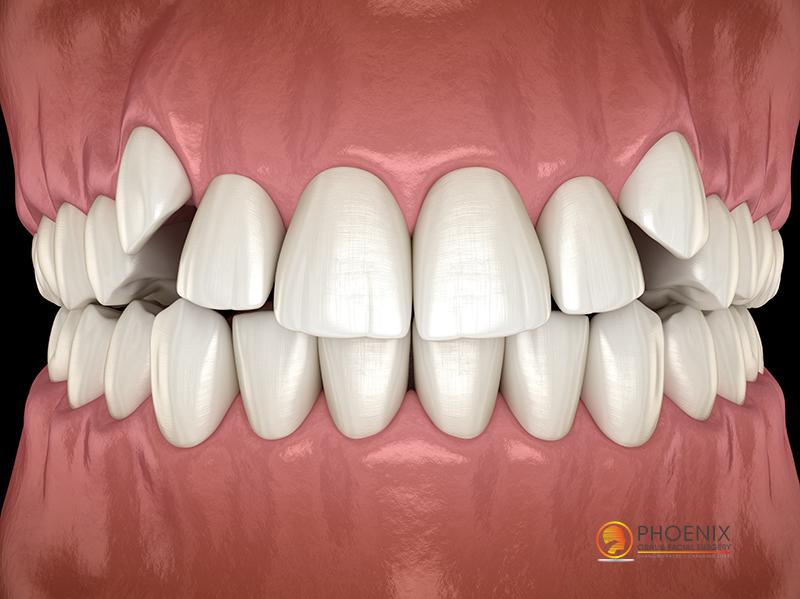Impacted Canine Surgery - Phoenix AZ
Impacted Canine Surgery
 The canine teeth are also sometimes referred to as the “eyeteeth.” They are aligned in the middle of each dental arch and are typically the strongest teeth in the jaws due to their long roots. For a great smile and optimum oral health, it is critical for canine teeth to be well positioned. Sometimes canine teeth may be “impacted,” which means they fail to grow out above the gumline and instead remain trapped within the jaws. When teeth are impacted in this manner, aside from detracting from your smile and general appearance, their absence from their proper position may create a risk for gum disease or other pathological problems. This is why impacted canines may require surgical correction to help them erupt and become properly aligned.
The canine teeth are also sometimes referred to as the “eyeteeth.” They are aligned in the middle of each dental arch and are typically the strongest teeth in the jaws due to their long roots. For a great smile and optimum oral health, it is critical for canine teeth to be well positioned. Sometimes canine teeth may be “impacted,” which means they fail to grow out above the gumline and instead remain trapped within the jaws. When teeth are impacted in this manner, aside from detracting from your smile and general appearance, their absence from their proper position may create a risk for gum disease or other pathological problems. This is why impacted canines may require surgical correction to help them erupt and become properly aligned.
The Function of the Canines
The canines play an important role in your bite. They are the teeth which initially touch when you close your mouth and so are important to guide the rest of your teeth into position. Because they are the last teeth in the mouth to erupt and move into place, they also help close any gaps that may exist within your bite. For teeth to be well aligned and to function properly, the canines need to emerge and erupt into their proper place. Properly aligned canines are critical contributors to a beautiful smile.
Why Canines or Other Teeth Become Impacted
Canines and other adult teeth can become impacted due to several causes. There may be crowding from extra teeth or retained baby teeth which leave no room for the canines to emerge. When the upper teeth are crowded, space to accommodate all the teeth may not exist. In rare cases, unusual growths or lesions in the soft tissue can also form obstacles which restrict or impact these teeth.
Dental Surgery for Impacted Canines
Impacted canines or teeth are managed by an orthodontist and oral and facial surgeon who will work together to create a treatment plan. The orthodontist’s role is to move the surrounding teeth to make room for the impacted teeth to emerge and to help align the bite into the proper position. The surgeon’s role is to remove any obstructions that would prevent their emergence, expose and secure the soft tissues to reveal the impacted teeth, and attach special brackets which will help pull them into place. Teeth that do not respond to movement may need to be removed in order to prevent injury or pathology to nearby teeth.
The surgical procedure generally takes about an hour and is conducted using IV sedation and local anesthesia. The process of moving impacted tooth into the correct position for proper alignment may take several months.

